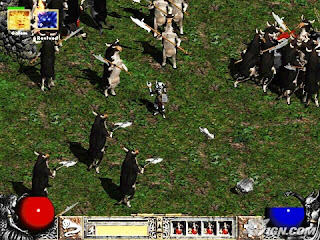Maths Game.
I am (occasionally) working on an action RPG game where every time you attack you have to answer a maths question. RPGs are cool and I used to play them a lot but now I am a social gamer and I don't appreciate the brain-drain. I have accrued a large repository of spaghetti code with a few gems as I learn the ins and outs of game programming in C ( https://github.com/BostonBrooks/Spaghetti_Graveyard. ) . I chose C because it is what the electronic and computer engineers use and working as an ECE is a long term goal for me. I am using the C binding for SFML because SDL doesn't easily incorporate 2D meshes, to be used for 2.5D curved ground surfaces. A few demos below. Scritchyness is due to screen capture software. All for now, Boston. Update 17/02/2022 In the game, the terrain is represented as a 2 dimensional grid where each point has a third dimension (height). I have used bicubic interpolation (functions with x^3 and y^3 terms) to smooth the areas between po...

